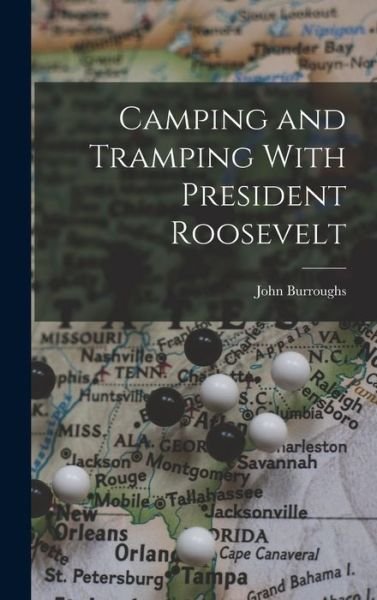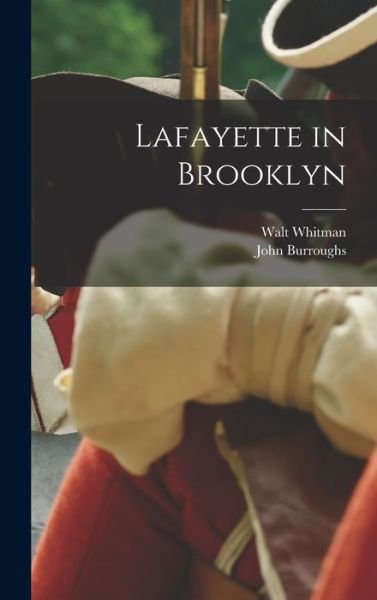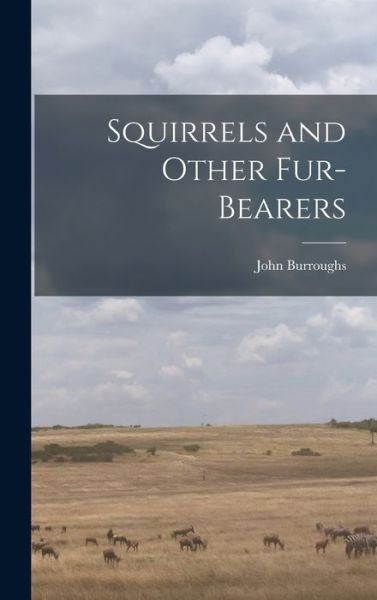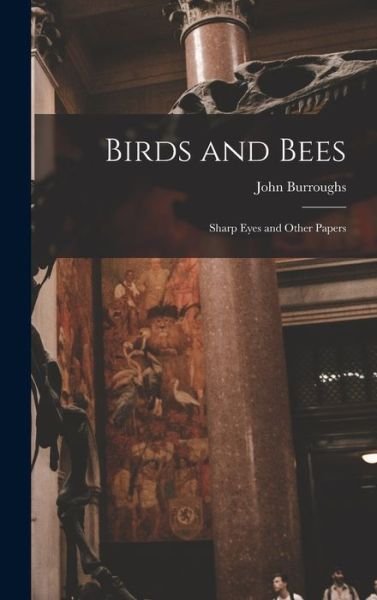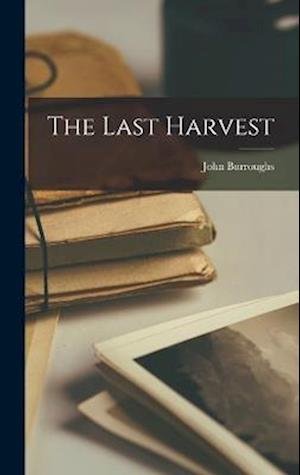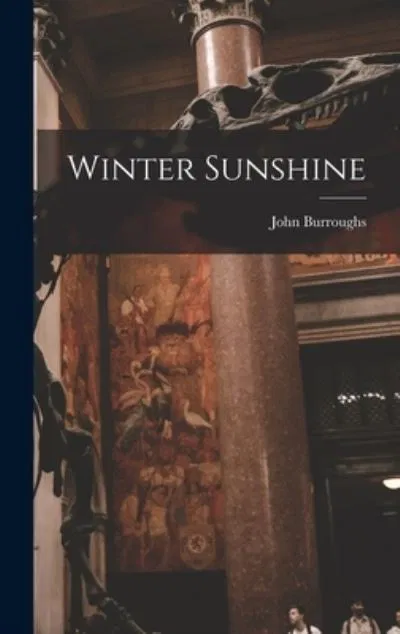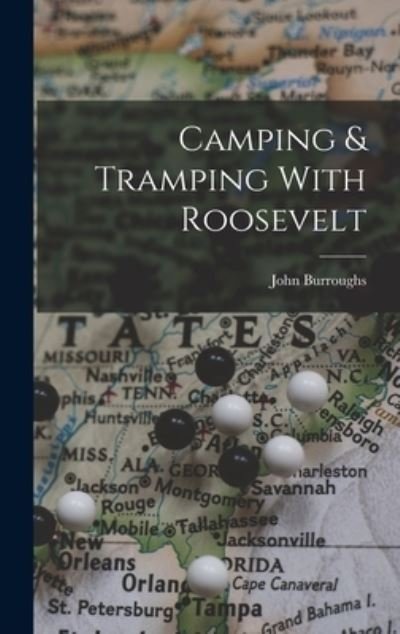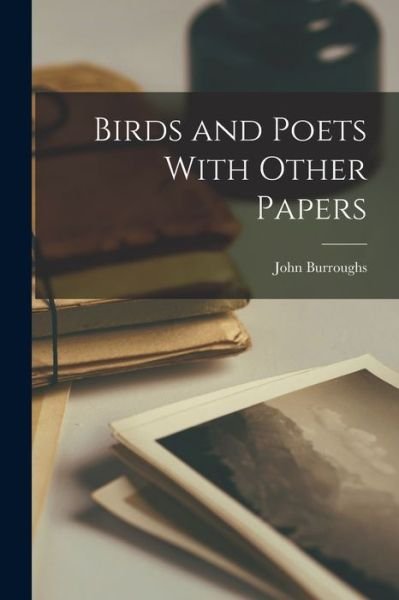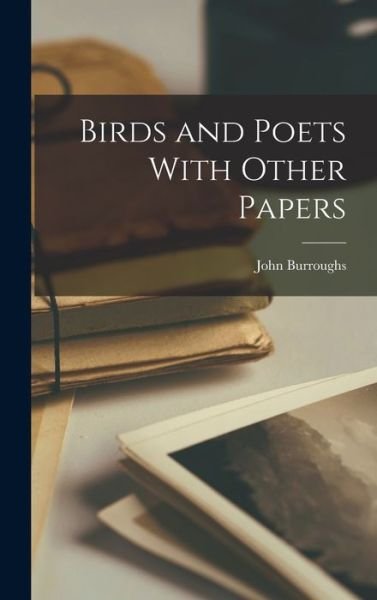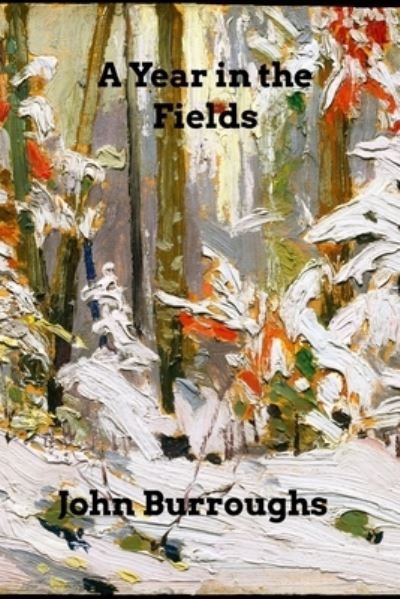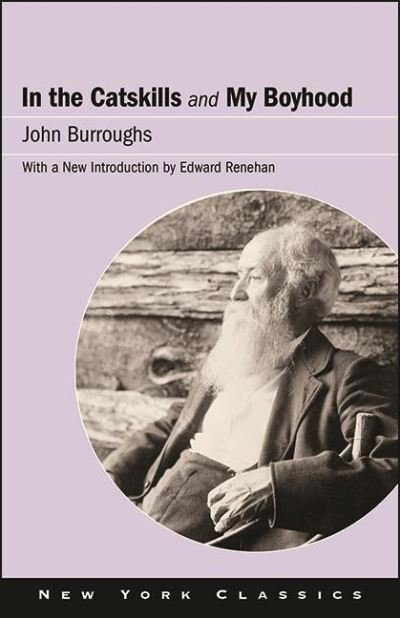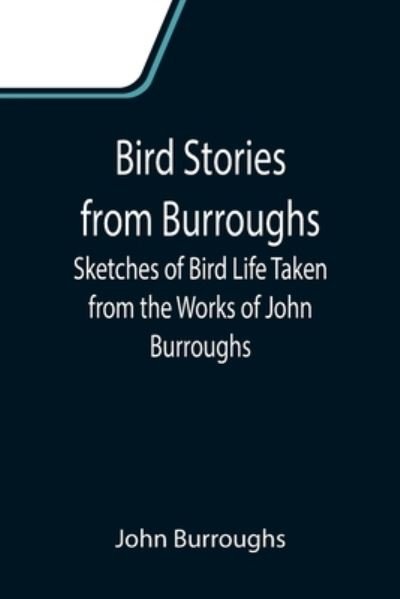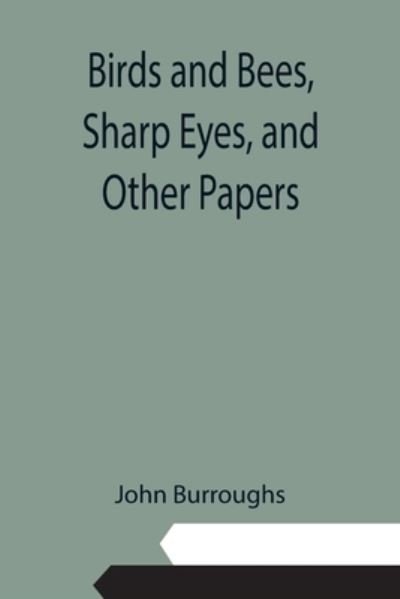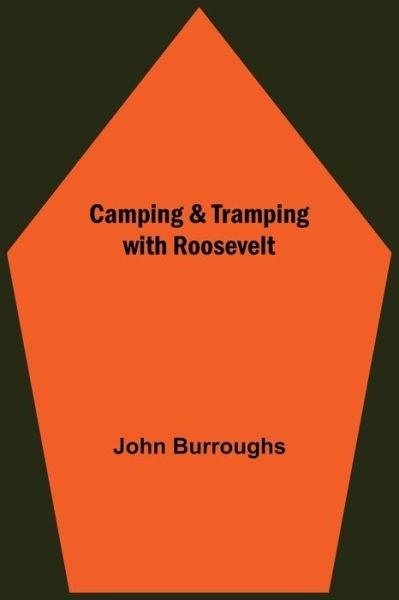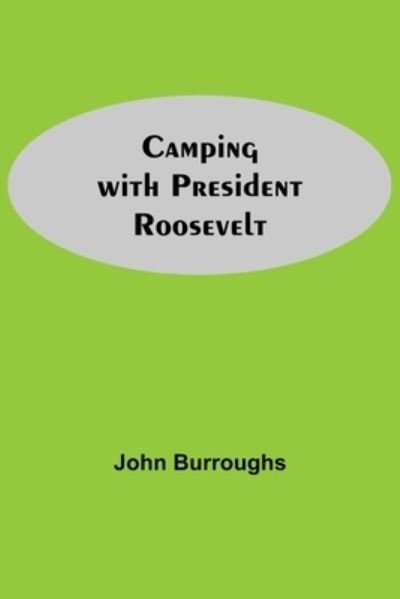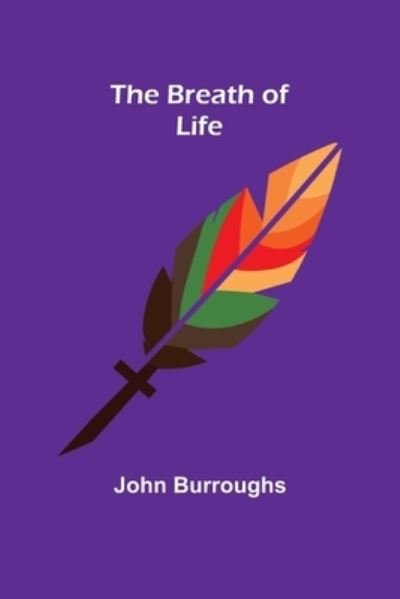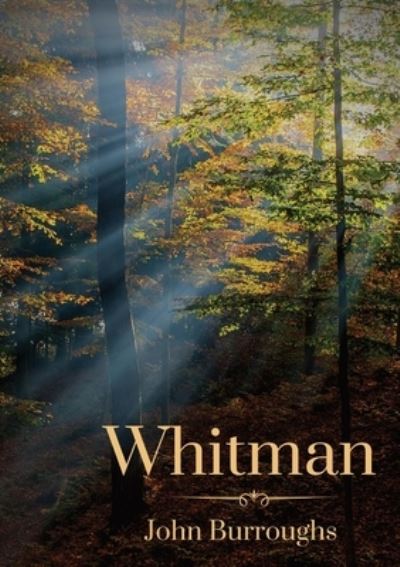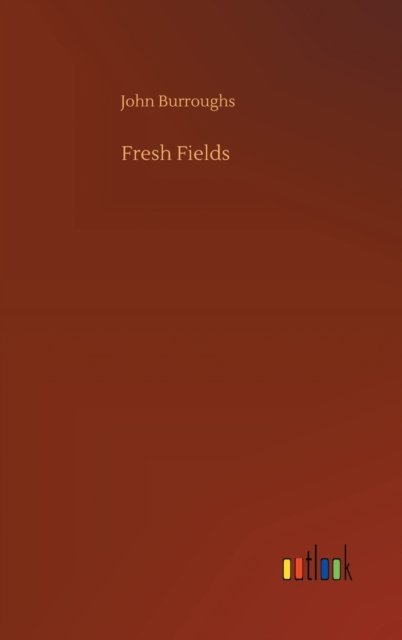
Tell your friends about this item:
Birds and Poets
John Burroughs
Birds and Poets
John Burroughs
In summer, when the shawes be shene, And leaves be large and long, It is full merry in fair forestTo hear the fowlés' song. The wood-wele sang, and wolde not cease, Sitting upon the spray; So loud, it wakened Robin HoodIn the greenwood where he lay."It might almost be said that the birds are all birds of the poets and of no one else, because it isonly the poetical temperament that fully responds to them. So true is this, that all the greatornithologists-original namers and biographers of the birds-have been poets in deed if not inword. Audubon is a notable case in point, who, if he had not the tongue or the pen of the poet, certainly had the eye and ear and heart-"the fluid and attaching character"-and the singleness ofpurpose, the enthusiasm, the unworldliness, the love, that characterize the true and divine race ofbards. So had Wilson, though perhaps not in as large a measure; yet he took fire as only a poet can. While making a journey on foot to Philadelphia, shortly after landing in this country, he caught sightof the red-headed woodpecker flitting among the trees, -a bird that shows like a tricolored scarfamong the foliage, -and it so kindled his enthusiasm that his life was devoted to the pursuit of thebirds from that day. It was a lucky hit. Wilson had already set up as a poet in Scotland, and was stillfermenting when the bird met his eye and suggested to his soul a new outlet for its enthusiasm. The very idea of a bird is a symbol and a suggestion to the poet. A bird seems to be at the top ofthe scale, so vehement and intense is his life, -large-brained, large-lunged, hot, ecstatic, his framecharged with buoyancy and his heart with song. The beautiful vagabonds, endowed with every grace, masters of all climes, and knowing no bounds, -how many human aspirations are realized in theirfree, holiday lives, and how many suggestions to the poet in their flight and song!Indeed, is not the bird the original type and teacher of the poet, and do we not demand of thehuman lark or thrush that he "shake out his carols" in the same free and spontaneous manner as hiswinged prototype? Kingsley has shown how surely the old minnesingers and early ballad-writershave learned of the birds, taking their key-note from the blackbird, or the wood-lark, or the throstle, and giving utterance to a melody as simple and unstudied. Such things as the following were surelycaught from the fields or the woods: -"She sat down below a thorn, Fine flowers in the valley, And there has she her sweet babe borne, And the green leaves they grow rarely."Or the best lyric pieces, how like they are to certain bird-songs!-clear, ringing, ecstatic, andsuggesting that challenge and triumph which the outpouring of the male bird
| Media | Books Paperback Book (Book with soft cover and glued back) |
| Released | January 24, 2021 |
| ISBN13 | 9798599320517 |
| Publishers | Independently Published |
| Pages | 108 |
| Dimensions | 178 × 254 × 6 mm · 199 g |
| Language | English |
More by John Burroughs
More from this series
See all of John Burroughs ( e.g. Paperback Book , Hardcover Book and Book )

 Christmas presents can be returned until 31 January
Christmas presents can be returned until 31 January




